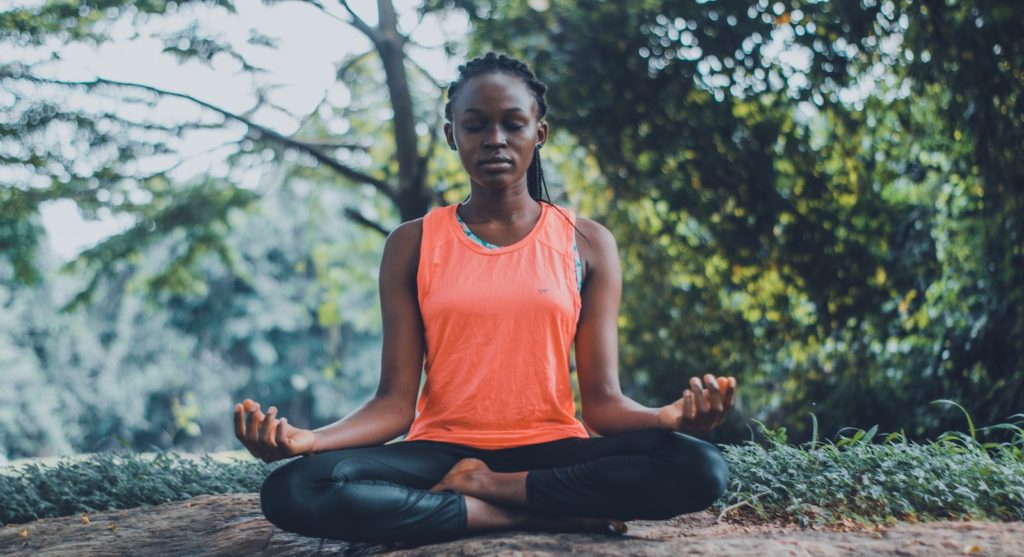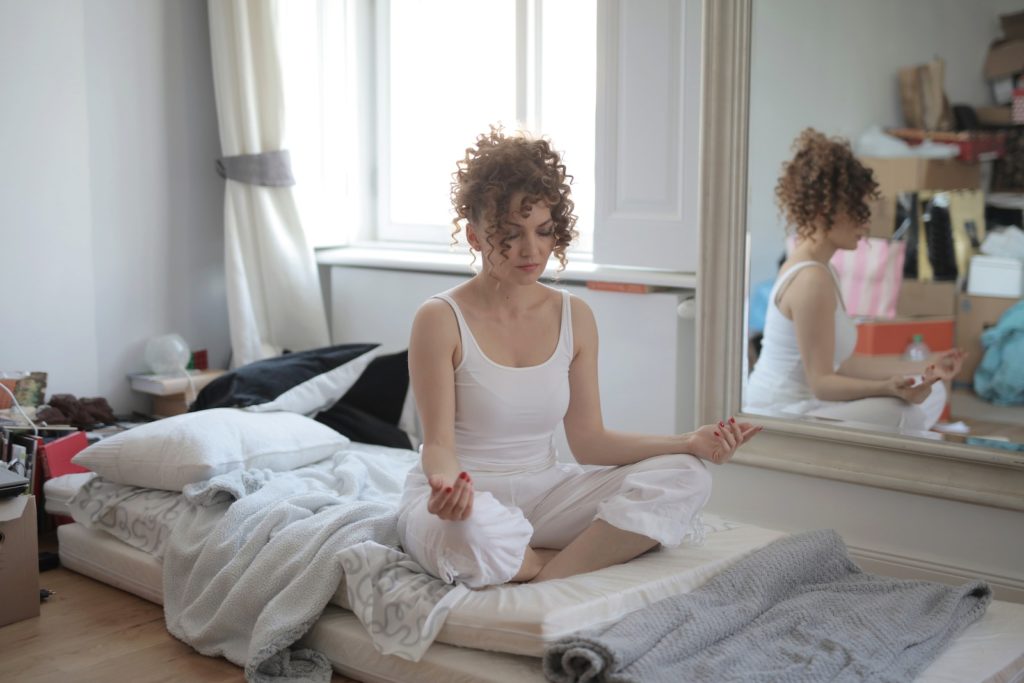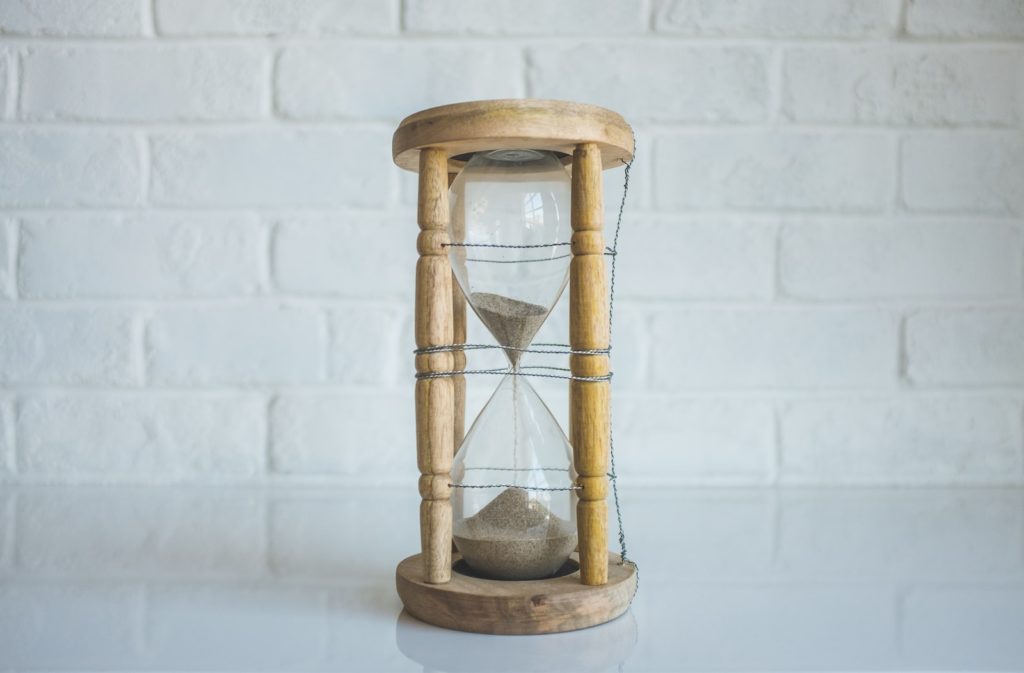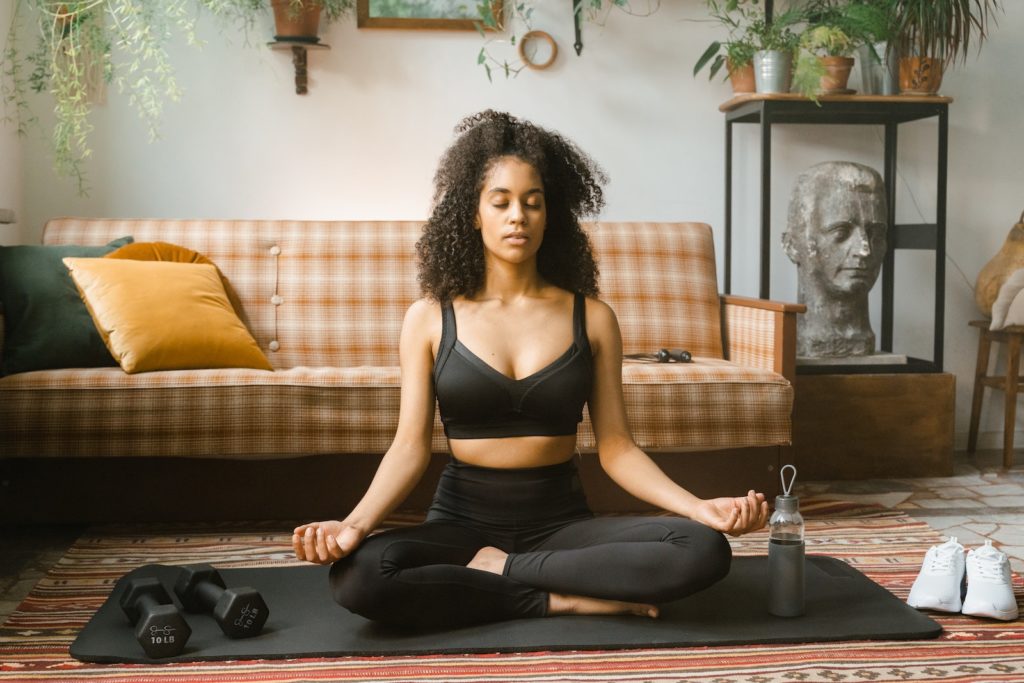Meditation is an ancient practice that has been gaining popularity in recent years.
It is a technique that helps to calm the mind and improve overall well-being.
However, many people struggle with the practice and may not be aware of how to meditate properly.
In this article, we will provide a comprehensive guide on how to meditate properly and get the most out of your meditation practice.
Find a Quiet and Comfortable Place

The first step in learning how to meditate properly is to find a quiet and comfortable place to meditate. This can be a designated meditation room, a quiet corner of your home, or a peaceful outdoor location.
It is important to choose a location where you will not be disturbed and where you can sit comfortably for an extended period of time.
Sit Comfortably

Once you have found a quiet and comfortable place to meditate, it is time to sit comfortably. It is recommended to sit cross-legged on a cushion or on a chair with your feet firmly on the ground.
Keep your back straight and your shoulders relaxed.
This will help you maintain good posture and prevent discomfort during your meditation practice.
Focus on Your Breath

The next step in learning how to meditate properly is to focus on your breath. Take a deep breath in through your nose and exhale through your mouth.
Pay attention to the sensation of the air moving in and out of your body.
If your mind begins to wander, gently bring your focus back to your breath.
Let Your Thoughts Come and Go
During your meditation practice, it is normal for thoughts to arise. Do not try to suppress them or push them away.
Instead, simply observe them without judgment and let them go.
If you find yourself getting caught up in a particular thought, gently bring your focus back to your breath.
Set a Timer

It can be helpful to set a timer for your meditation practice.
Start with a shorter period of time, such as five or ten minutes, and gradually increase the length of your practice as you become more comfortable.
This will help you stay focused and avoid getting distracted by thoughts about how much time has passed.
Practice Regularly

One of the most important things to keep in mind when learning how to meditate properly is to practice regularly.
Make meditation a daily habit, even if it is only for a few minutes each day.
Consistency is key when it comes to reaping the benefits of meditation, such as reduced stress, improved focus, and increased self-awareness.
Experiment with Different Techniques
There are many different meditation techniques to choose from, such as mindfulness meditation, loving-kindness meditation, and body scan meditation. Experiment with different techniques to find the one that works best for you.
You may also want to try guided meditations or attend a meditation class to learn from a teacher.
Be Patient and Kind to Yourself
Finally, it is important to be patient and kind to yourself as you learn how to meditate properly.
Meditation is a skill that takes time and practice to master.
Do not get discouraged if you find it difficult at first or if your mind wanders.
With consistent practice, you will gradually see improvements in your ability to focus and remain present in the moment.
Conclusion
In conclusion, learning how to meditate properly can be a valuable tool for improving overall well-being and reducing stress.
By following these simple steps, you can begin to incorporate meditation into your daily routine and experience the benefits for yourself.
Remember to be patient, consistent, and kind to yourself as you embark on this journey of self-discovery and inner peace.
How to Mediate Properly FAQ
How do I start meditating at home for beginners?
Starting meditation at home is simple. Find a quiet, comfortable space where you won’t be disturbed.
Set a timer for a short duration, like 5-10 minutes. Sit down in a comfortable position with your back straight, either on a chair or a cushion.
Close your eyes, take a few deep breaths, and then gently focus on your breath or another point of focus, such as a mantra or a body sensation.
What time of day should I meditate?
There is no specific time of day that is best for meditation.
It is more important to choose a time that is convenient and allows for consistency in your practice.
Many people find meditating in the morning or evening helpful, as these times can be quieter and help to establish a daily routine.
How long should a beginner meditate?
Beginners should start with shorter meditation sessions, such as 5-10 minutes per day.
As you become more comfortable with the practice, you can gradually increase the duration to 15, 20, or even 30 minutes per day.
The key is consistency and finding a duration that works for your lifestyle and goals.
What is the best meditation technique for beginners?
There are many meditation techniques, but the most common and beginner-friendly one is mindfulness meditation.
This involves focusing on your breath, a mantra, or a body sensation, and gently bringing your attention back to the point of focus when your mind wanders.
As you progress, you can explore other techniques like loving-kindness meditation, body scan meditation, or guided meditation to find what works best for you.
How do I know if I’m meditating correctly?
Meditation is a personal practice, and there is no one “right” way to do it. However, some general signs that you are meditating correctly include:
- Feeling more relaxed and present during your meditation session.
- Developing a greater awareness of your thoughts and emotions.
- Noticing an improvement in your focus, stress levels, or emotional well-being over time.
Remember, meditation is a skill that takes practice, so be patient with yourself as you learn.
Can I use guided meditation as a beginner?
Yes, guided meditation can be an excellent tool for beginners. It provides step-by-step instructions and can help you stay focused and engaged during your meditation sessions.
There are many guided meditation apps and online resources available, so you can find a teacher or style that resonates with you.
How often should I meditate?
For best results, it’s recommended that you meditate daily. Consistency is key when it comes to meditation, as it helps train your mind and develop the habit.
Even short sessions of 5-10 minutes per day can make a significant difference over time.
Can I meditate lying down?
While it’s traditionally recommended to meditate while sitting, you can also meditate lying down if you find it more comfortable.
However, be aware that lying down may increase the likelihood of falling asleep during your meditation session.
If you choose to meditate lying down, try to maintain an alert and relaxed state of mind.

I am a fun fact enthusiast and creator of Facts On Tap.
I love to share my knowledge and curiosity with readers and inspire them to learn something new every day.
When I’m not writing, I enjoy traveling, reading, and playing trivia games with my friends.





